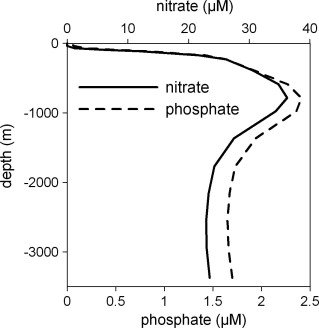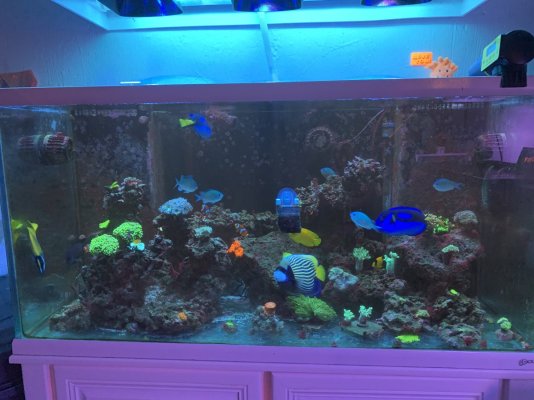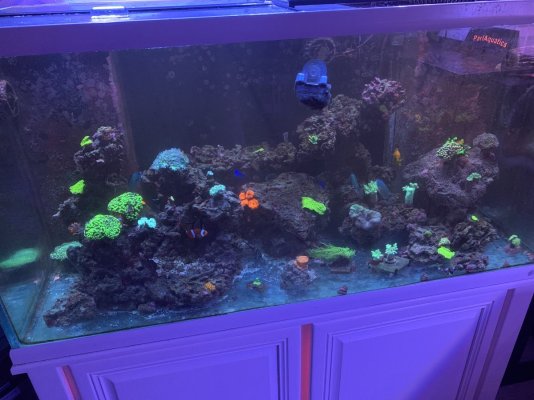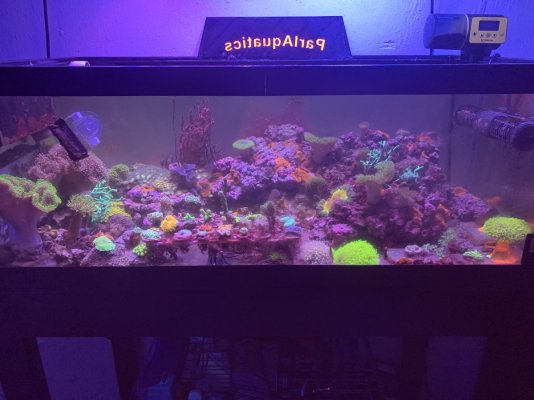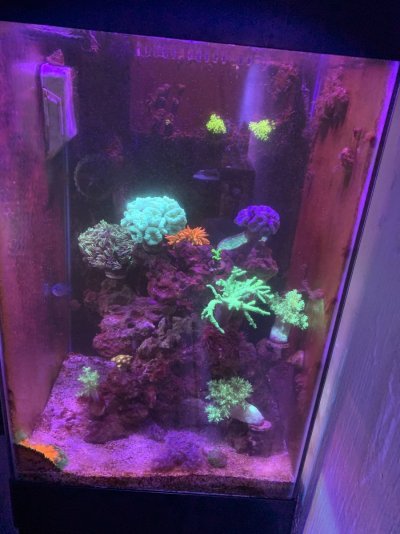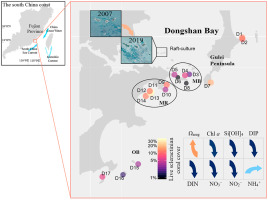My tanks are always going to have about .1, or less, of no3. I love a 2-3 inch sandbed that I periodically maintain and it chews through nitrate and my nitrates will always be that low. My current tank hovers at ocean type po4 levels at around 1-3 ppb, but that is just how it runs with multiple skimmers, fuge where I prune chaeto like crazy. If the po4 got to .05, I would not likely worry at all - I have run tanks like this in the past. This is a 1:2 no3 to po4 ratio.
Everybody has to Shake It Off with their thinking that no3 and po4 are the only thing that matters to deliver nitrogen and phosphorous. Their minds need some Blank Space to understand that this is just a small portion of the larger picture and likely the least important, at least for no3 delivering nitrogen which most corals cannot use directly. august is over after a Cruel Summer and with less daylight until we are Back to December, there is more time to study up on the difference between building blocks and energy and stuff. I know that this is somewhat abstract since you sometimes just have to trust the process since you cannot test for a lot of this stuff, but Don't Blame Me if you get results that you don't want since just looking at no3 and po4 does not really tell you much of anything.
Seriously, some true coral cannot even get nitrogen from nitrate and those that can have to convert it back to ammonia/ammonium at a cost of 30-70% extra energy (nobody seems to know for sure), so doing a ratio on this is not all that helpful. I don't know about softies since I don't really keep them, but Nems also not appear able to use no3 directly and also get nitrogen from ammonia or nitrite.
Everybody has to Shake It Off with their thinking that no3 and po4 are the only thing that matters to deliver nitrogen and phosphorous. Their minds need some Blank Space to understand that this is just a small portion of the larger picture and likely the least important, at least for no3 delivering nitrogen which most corals cannot use directly. august is over after a Cruel Summer and with less daylight until we are Back to December, there is more time to study up on the difference between building blocks and energy and stuff. I know that this is somewhat abstract since you sometimes just have to trust the process since you cannot test for a lot of this stuff, but Don't Blame Me if you get results that you don't want since just looking at no3 and po4 does not really tell you much of anything.
Seriously, some true coral cannot even get nitrogen from nitrate and those that can have to convert it back to ammonia/ammonium at a cost of 30-70% extra energy (nobody seems to know for sure), so doing a ratio on this is not all that helpful. I don't know about softies since I don't really keep them, but Nems also not appear able to use no3 directly and also get nitrogen from ammonia or nitrite.
Last edited:






